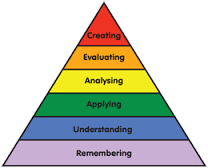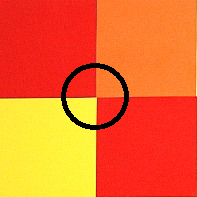Developing map reading skills is vital within the classroom as it also develops such skills as higher order thinking skills (HOTS). HOTS is a child’s ability to reason, problem solve, judge and think critically. Understanding how to read a map gives children a better spatial reasoning, a greater understanding of the difference between 3-dimensional and 2-dimensional shapes, objects and angles.
Despite the fact electronics have taken over from the ‘old-fashioned’ paper copy, it is still a vital skill to be able to read, follow and understand the different symbols and illustrations on a map. Even to give and receive basic directions require you to be able to have this knowledge to draw upon. Everyday situations require the understanding of map reading such as the various stops on a public transport route to ensure you get off at the correct location closest to your destination requires the understanding of maps.
This website has effective lesson ideas and concepts to teach map reading skills to children effectively: http://www.learnnc.org/lp/editions/mapping/6430
Despite the value, map reading is often not seen as a good subject to teach as many teachers fail to provide the correct lessons and support for children in their class. Many lesson plans fail to deliver the skills children require to effectively read maps. They fail to provide instruction to make clear the different attributes and qualities of a map. Children then fail to achieve the knowledge and understanding needed for these skills and additionally for the ability to transfer skills into another area.
I believe, when taught correctly, map reading skills is highly beneficial to children. It helps with their ability to analyse, reflect and problem solve. These skills can be transferred to understanding different concepts such as co-ordinates, spatial awareness and graphs. I credit the implementation of new technology and programs which ease the effort and knowledge required to get to an unknown location but i believe these fundamental skills are still vital to a person’s welfare.















